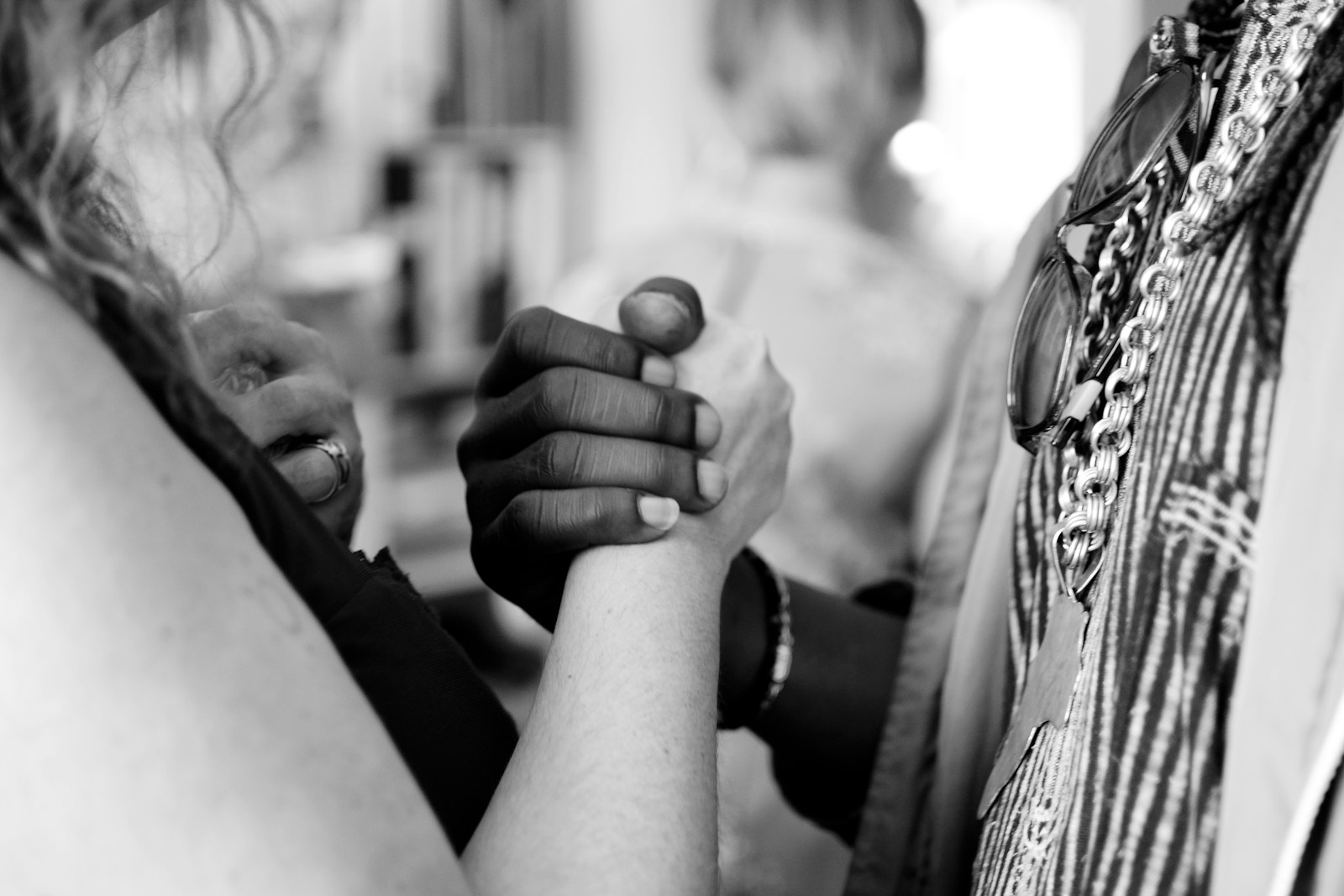Reducing inequality within and among countries is crucial for fostering inclusive societies. Programs for differently-abled individuals in Scandinavia and LGBTQ+ support centers in North America highlight effective strategies for promoting inclusion.
Case Studies of Reduced Inequalities Initiatives
Programs for Differently-Abled Individuals in Scandinavia
Scandinavia has implemented comprehensive programs to support differently-abled individuals. These programs provide education, employment opportunities, and social support, ensuring that everyone can participate fully in society.
LGBTQ+ Support Centers in North America
LGBTQ+ support centers offer safe spaces, resources, and advocacy for LGBTQ+ individuals. These centers play a crucial role in promoting acceptance and providing support to those facing discrimination and social exclusion.
Challenges Facing Reduced Inequalities Programs
Achieving reduced inequalities involves addressing:
Social Stigma
Social stigma and discrimination remain significant barriers to inclusion and equality. Changing attitudes and behaviors is essential for progress.
Inclusive Participation
Ensuring that all individuals, regardless of their background or abilities, can participate fully in society is a complex challenge that requires targeted efforts and resources.
Impact of Successful Reduced Inequalities Drives
When initiatives are successful, they lead to:
Greater Social Cohesion
Inclusive programs foster social cohesion, creating communities where everyone feels valued and supported.
Empowerment of Marginalized Groups
By providing resources and support, these programs empower marginalized groups, enabling them to achieve their full potential and contribute to society.


Leave a Reply